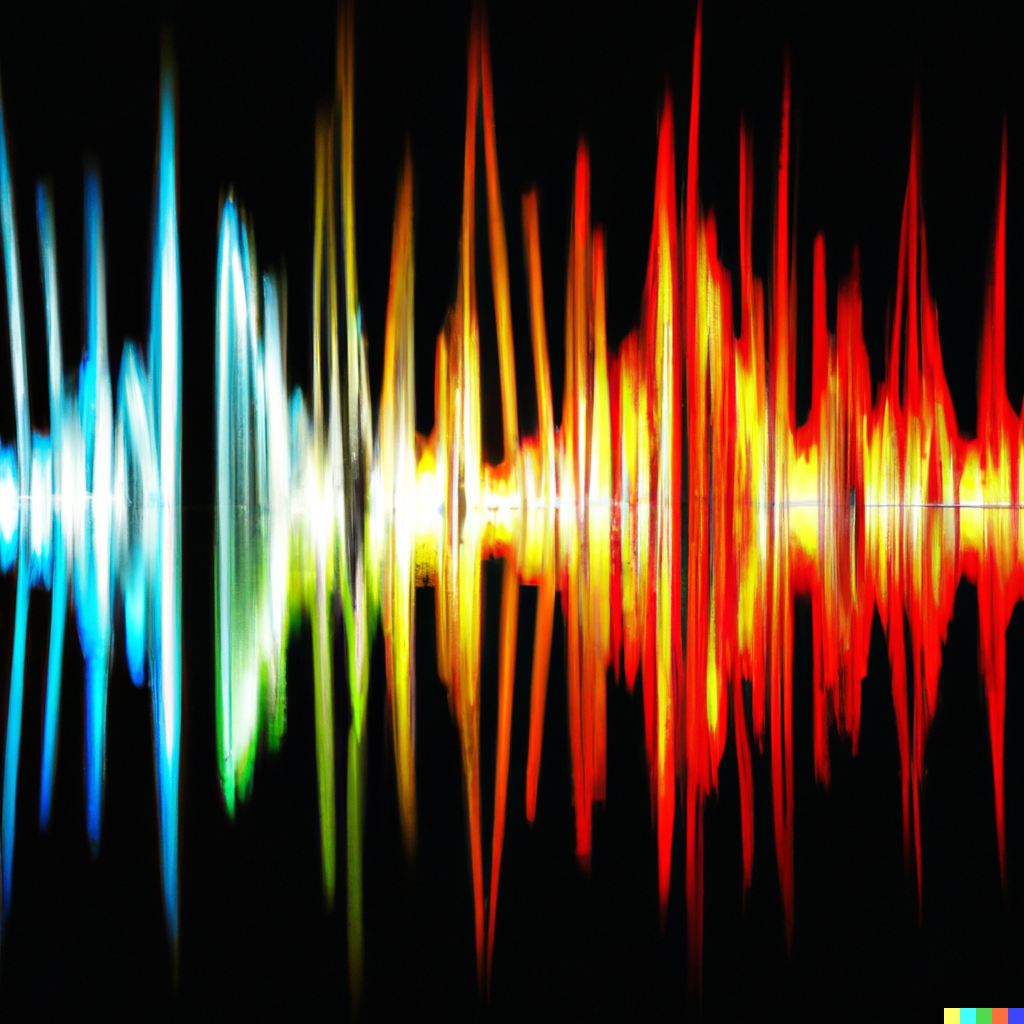
Understanding Audio Signal Flow
Audio signal flow is the path that an audio signal takes from its source, such as a microphone or instrument, through processing equipment, such as an audio mixer or compressor, to the final output, such as headphones or speakers. Understanding audio signal flow is essential for recording engineers, sound designers, and musicians, as it allows them to identify and troubleshoot issues that may affect the quality of their recordings or performances.
Source
The first step in audio signal flow is the source, which can be a microphone, instrument, or other audio device. It’s important to choose the right source and position it correctly to capture the best possible sound. For example, a microphone should be placed in a position that allows it to capture the desired sound while minimizing unwanted noise and reflections.
Preamp
The next step in audio signal flow is the preamp, which is responsible for amplifying the signal from the source to a level that can be processed by other equipment. A high-quality preamp can make a significant difference in the overall sound quality of a recording.
Processing Equipment
After the signal has been amplified by the preamp, it may pass through various processing equipment, such as equalizers, compressors, and effects processors. Each piece of equipment has a specific function and can be used to shape the sound of the signal in different ways. For example, an equalizer can be used to boost or cut specific frequencies, while a compressor can be used to even out the dynamic range of the signal.
Audio Mixer
An audio mixer is a central hub for processing multiple audio signals and routing them to the final output. A mixer can be used to adjust the level and tone of each individual signal, as well as to apply effects and processing to the overall mix. It’s important to understand how to use a mixer to create a balanced and cohesive mix that sounds good on a variety of playback systems.
Final Output
The final step in audio signal flow is the output, which can be headphones, speakers, or another audio device. It’s important to choose high-quality output devices that accurately reproduce the sound of the recording or performance.
Conclusion
Understanding audio signal flow is essential for anyone involved in recording, sound design, or music production. By understanding the path that an audio signal takes from its source to the final output, you can identify and troubleshoot issues that may affect the quality of your recordings or performances. Remember to choose high-quality equipment, position your sources correctly, and use processing equipment and a mixer to shape and balance your audio signal.
Leave a Reply